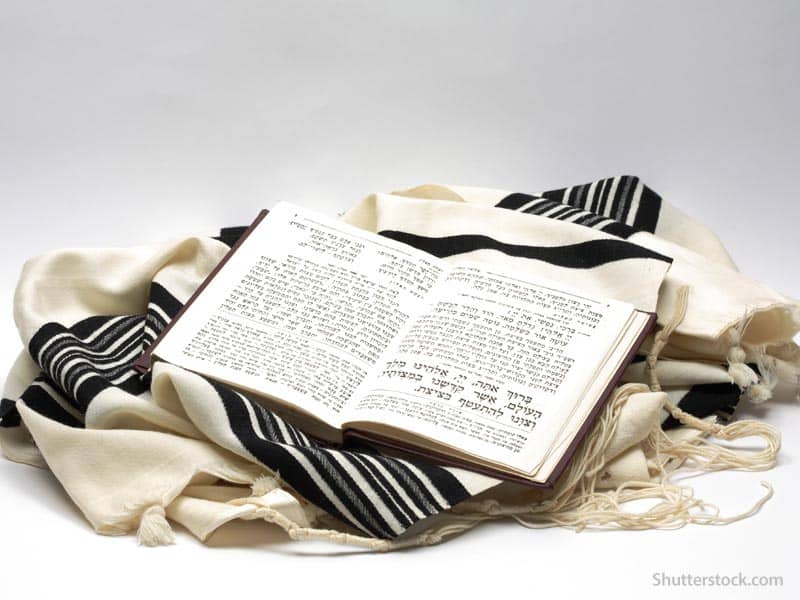The Torah portion begins with Moses atop Mount Sinai receiving the law from God, leaving behind him a worrisome absence in the Israelite camp. After forty days with no sign of his return, the Children of Israel demand from Aaron, the High Priest and Moses' brother, to make them gods they can see: "Make us gods which shall go before us: for as for this man Moses who has lead us out of Egypt, we know not what has become of him." And so Aaron fashions from their molten jewelry a golden calf. It is a god comparable to the gods they saw in Egypt, whose presence alone assures them of its power.
The Israelites' worship of the golden calf is an obvious flouting of the laws they had just received orally a few chapters earlier. And with it, the covenant threatens to fall apart, as God seethes with wrath. Instead of the dissolution of the covenant, though, they are brutally punished.
Testing their loyalty to God once and for all, Moses incites what could only be understood as a massacre. "Put every man his sword by his side, and go to and fro, from gate to gate, throughout the camp and slay every man his brother, and every man his companion, and every man his neighbor."
And even then God's anger hardly abates: he refuses to "dwell" among the people. In his stead he sends an angel to carry out his covenant with the Israelites. "And I will send an angel before thee: and I will drive out the Canaanite and the Amorite and the Hittite...for I will not go up in the midst of thee: for thou art a stiff-necked people."(33:3-5)
But as neatly laid out as their crime and punishment are on their own terms, the story of the golden calf is embedded in a tangle of other stories with which it interacts to shed its simplistic complexion.
For instance, the golden calf is the product of the Israelites' anxiety over God's visual absence. Yet how wicked could such anxieties be if Moses expresses the same ones, also in this week's Torah portion? At the top of Mount Sinai, Moses pleads with God: "Now I pray thee, show me thy glory." God, in fact, indulges Moses, revealing as much as He can of Himself without endangering Moses' life (for it is forbidden to see God's face).
The "moral" of the golden calf episode seems also to recommend against the corrupting effects of idolizing something gold, fetishizing the beautiful. The Children of Israel contribute their jewelry to its making and the result seems to take their vanity to a new low of decadence.
The story's juxtaposition alongside the description of the priestly office--and especially the ornamental vessels and fine garments they are commanded to wear--suggests a critique of the power and decadence of the priesthood. For it is none other than Aaron, the head priest, who fashions the golden calf. Even more inscrutable: Aaron returns unpunished to Moses' side, and even takes part in meting out punishment to the Israelites. What are we to make of this adulation of the priestly class alongside its obvious corruption?
Finally, if God insists on wrapping Himself in physicality, isn't the golden calf an understandable mistake?
Implicitly, the Torah offers the explanation that all objects--whether deemed sacred or prohibited by Divine law--share identical properties. The quick succession in which Moses shatters the Two Tablets and melts down the Golden Calf suggests a parallel between the two objects: both prove equally fragile.
Likewise, in describing the oils and incense used to anoint the High Priests, the Torah prohibits their duplication for other purposes. In other words, there is nothing innately sacred about these compounds--they can be easily reproduced--but to do so is a breach of the covenant.
The priests' garments, utensils, oils, and incense are only symbolic of their sacred duties, of their distinctive role in the worship of God. They to do not comprise the distinctiveness themselves. May we then reason out all the contradictions they embody? "Reason not the need," as King Lear explains to his usurping daughters who callously divest him of his royal trappings.
Ki Tisa is as exciting in its richness as it is troubling in its tensions and subject matter--the most disturbing of which is Moses' call to arms against his own people. There is, however, a sense of recovery towards the end: God commands Moses to hew two "tablets of stone like the first." And so, the physical objects of the covenant between God and the people will be replaced, and will never betray the devastating trauma and damage that their relationship indeed suffered.

